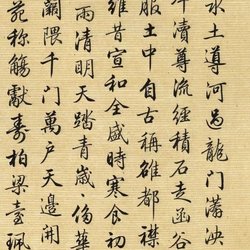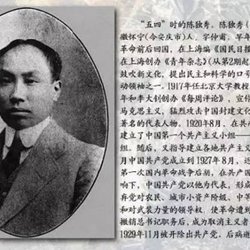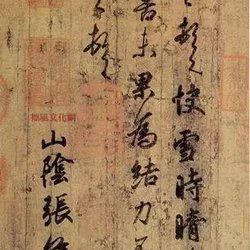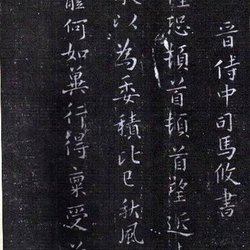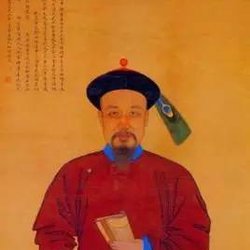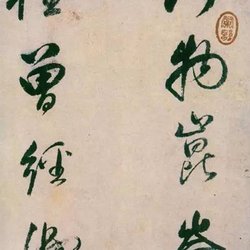In the art of calligraphy, Chinese characters are the carrier, and thoughts and feelings are the content. Creation is to express the author’s thoughts and feelings through writing in Chinese characters. According to this definition,Calligraphy is not ordinary writing. When appreciating calligraphy, it is very naive to worry about whether the glyphs are standardized and correct.. Appreciation of calligraphy must go beyond the expression of pointillism and structure to appreciate the spiritual content. As Zhang Huaiguan said in the Tang Dynasty, "Those who are good at calligraphy only observe the spirit but not the shape of the characters."
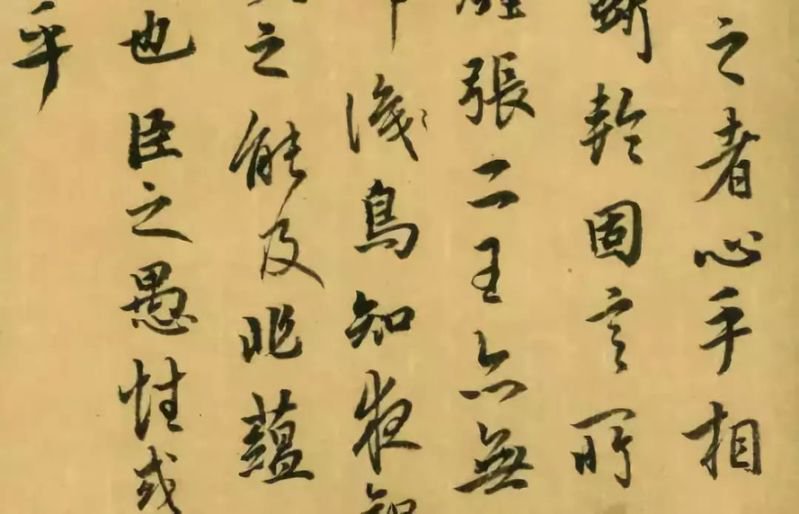
"Expense" can only be understood and grasped by feeling.
Everyone has the ability to feel, and they are roughly the same. When you see something delicate, light, elegant, and quiet, you will naturally feel beautiful, and when you see something rough, bold, powerful, and simple, you will naturally feel magnificent. But humans are rational animals. If they are not satisfied with perceptual knowledge, they always want to find out why? The results will be analyzed, starting from the overall feeling, analyzing various local manifestations, and then through synthesis, returning to the overall feeling to obtain a richer and deeper understanding.
The analysis of feelings relies on forms of expression, that is, various contrastive relationships. There are three standards for appreciating calligraphy from the perspective of contrast.
First, the number of contrasting relationships determines the connotation of the work.
The more contrasting relationships in a work, the richer the connotation; the fewer contrasting relationships, the poorer the connotation. Let’s take a look. In the works of Wang Xizhi and Zhao Mengfu, there are many contrasting relationships in size, front and side, thickness, radius, weight, speed, etc., which are rich in connotation, thought-provoking, and have artistic charm. Wang Xizhi's works have more contrasting relationships than Zhao Mengfu's, so they are richer in connotation and higher in artistry. In the works of Emperor Qianlong, although the fonts are correct, they are uniform in size, thickness, weight and speed. If there is no contrast and no connotation, it is not art. At least it can hardly be said to be high-quality art.
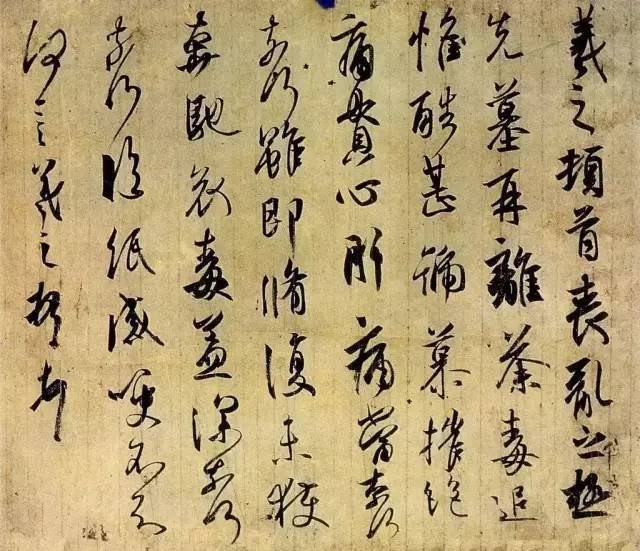
Wang Xizhi's funeral
Second, the style of the work depends on the degree of contrast in the contrasting relationship.
Generally speaking, the greater the contrast in the contrasting relationship, the more intense, ups and downs, and thrilling the emotions expressed. The smaller the contrast in the contrast relationship, the more peaceful, quiet and elegant the emotion is, making people calm and relaxed. The degree of contrast does not indicate the quality of the work, it only represents different lyricism and different styles. Sun Guoting's calligraphy has great ups and downs in brush strokes, thick or thin stipples, and the structure tilts left and right, swinging unsteadily. All the contrasts are very high, and the emotions reflected are relatively intense. Wang Xizhi's calligraphy has rich changes in weight, speed, size, and front and side, but the contrast is not great, and the transition is smooth in a gradual manner, reflecting an elegant taste. The styles of these two works are very different, and each is good at winning. It is impossible to say who is better and who is worse.
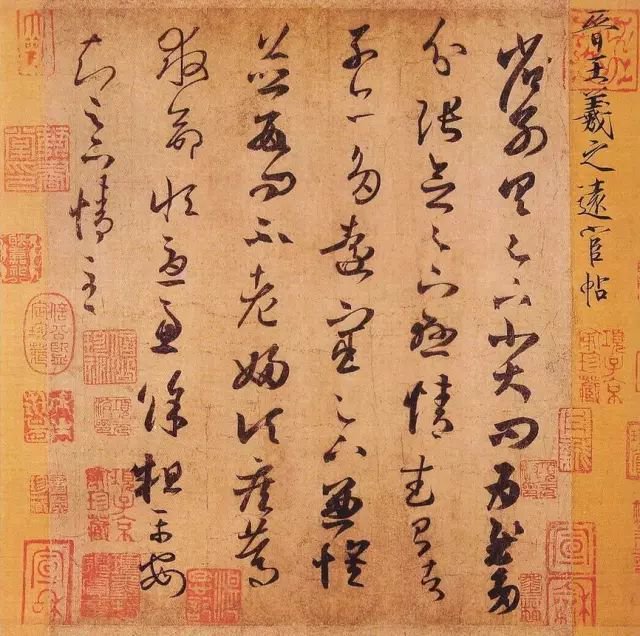
Wang Xizhiyuan eunuch's post
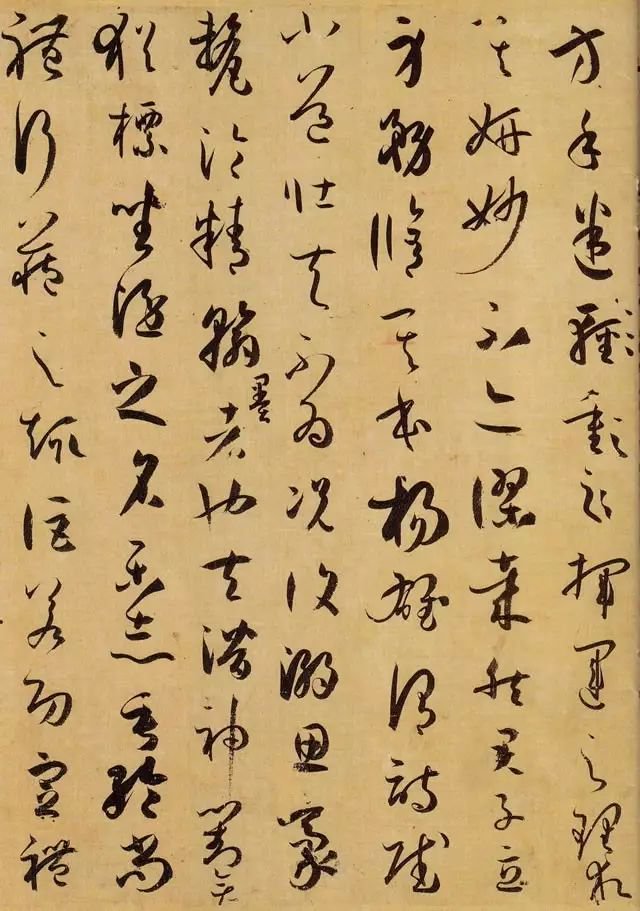
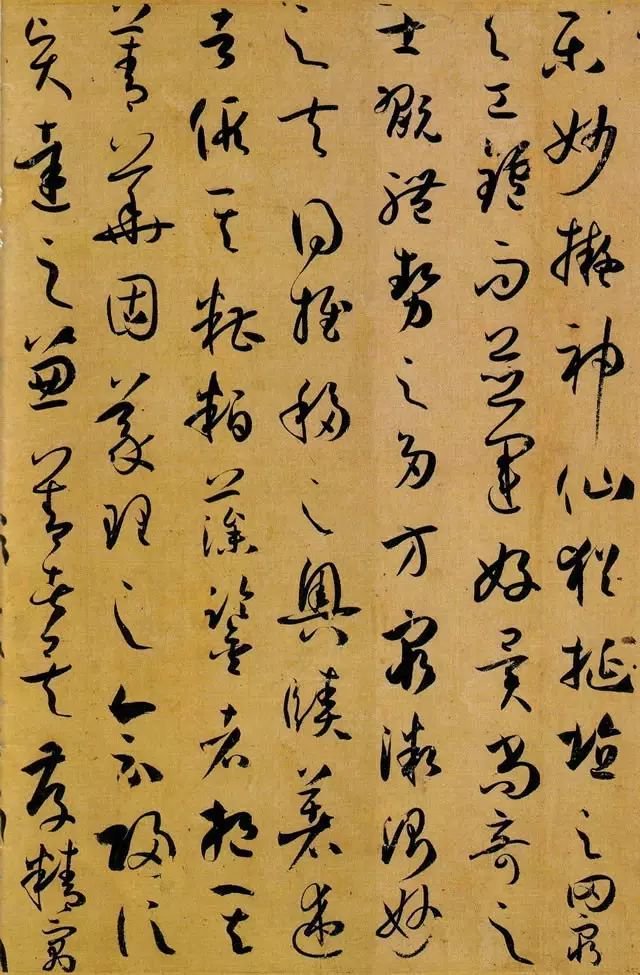
Sun Guoting's calligraphy
Third, the establishment of the work depends on the coordination of contrasting relationships.
The more contrasting relationships in a work, the better, but the problem is that the more contrasting relationships there are, the harder it is to coordinate. Traditional aesthetics emphasizes "harmony without difference" in both matters and art. Difference is the premise, harmony is the result, and harmony cannot be achieved. No matter how many contrasts there are, it is useless. It will only increase the noise and confusion, which makes people bored. The harmony of contrasting relationships is the basic premise for the establishment of the work.
According to these three judgment criteria, looking at calligraphy is to look at the contrast relationship, its richness, degree of contrast and harmony. So how to look at it? As mentioned before, various contrasting relationships can be summarized into two major types: fractal and potential. Form and potential are the two ways to look at them.
Getting started with momentum, focusing on understanding the sense of rhythmThe method of the ancients was to "imagine the moment of luck" and restore the creative state at that time based on the dots and structures solidified on the paper. That is, the eyes follow the dots from top to bottom, and the heart and hands move at the same time. It emphasizes You are heavy, it is light and you are light, it is fast and it is slow, it turns and turns, it separates and joins, you also follow the speed, turning, clutching and joining. As a result, you will naturally feel the rhythm of life and unknowingly feel the rhythm of life. Calligraphy and music are connected, so that music can be used to help understand whether the contrasting relationship between the succession and transition of the work is rich and smooth.
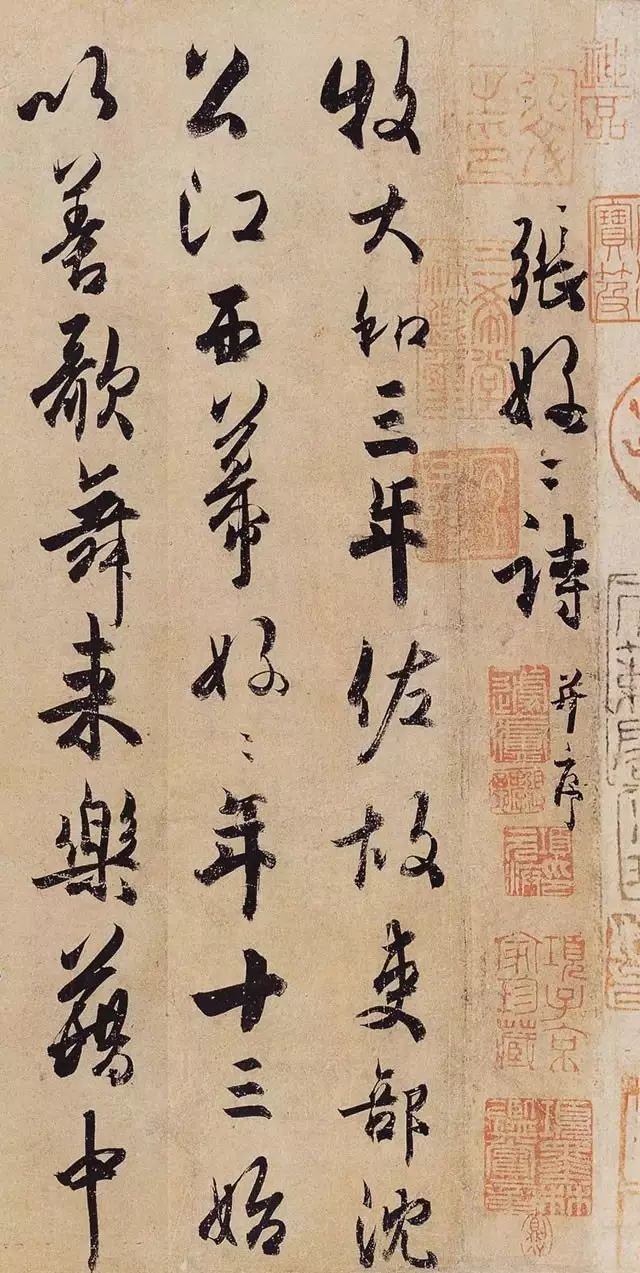
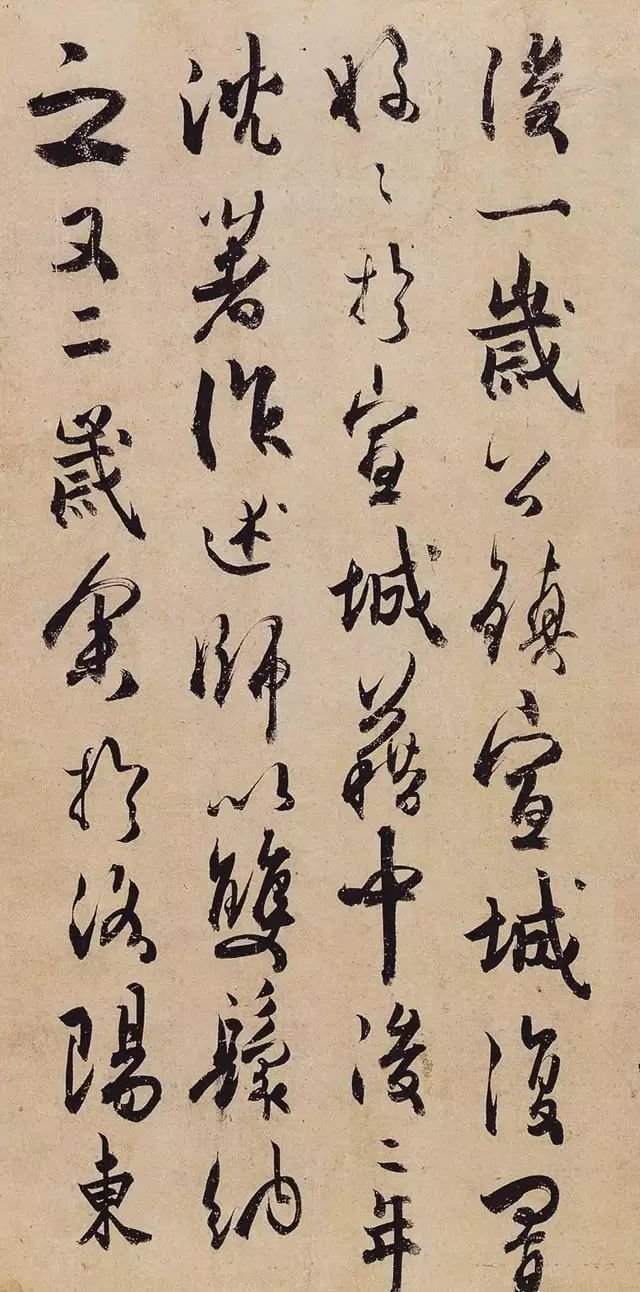
Du Mu Zhang Haohao's poems
Starting from form, the focus is on understanding the shapes of pointillism and structure and their mutual relationships.The eyes follow the combination of various contrasts, diverging up, down, left, and right. If it is a combination of up and down, you will look up and down. If it is a combination of left and right, you will look left and right. If it is a combination of front and back, you will look back and forth. The result will naturally be I feel a kind of colorful image, and I unknowingly connect calligraphy and painting, so that I can use painting to help understand whether the contrasting relationship in the two-dimensional composition of the work is rich and coordinated.
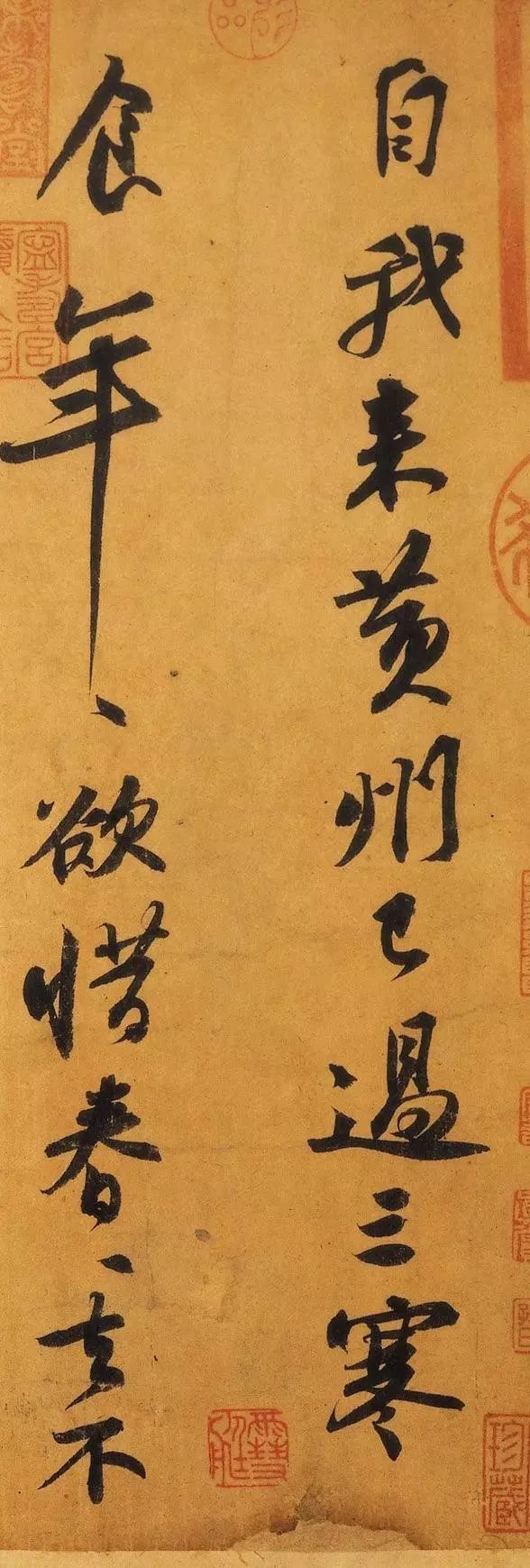
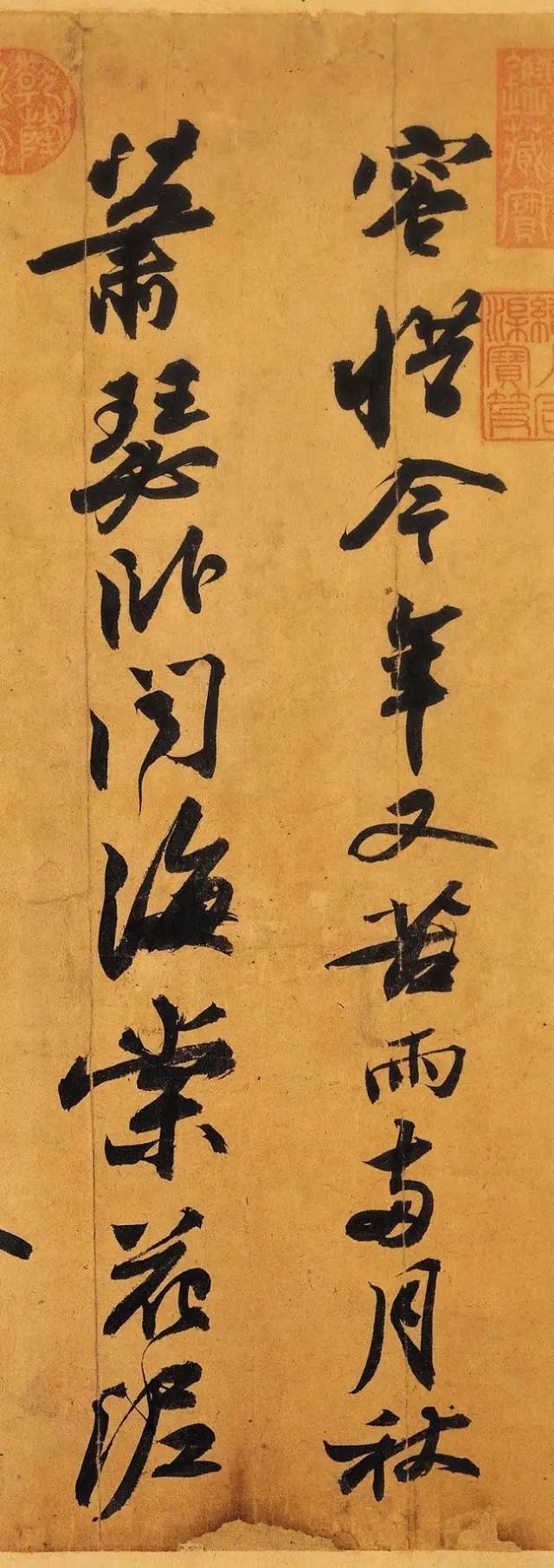

Su Shi's Huangzhou Cold Food Post
Finally, the art of calligraphy emphasizes the unity of situation, and calligraphy creation expresses and completes spatial shape in the time rhythm of continuous writing.Therefore, we still have to go back to "imagining the moment of fortune", further understand the spatial shape on the basis of understanding the rhythm of time, and unify the two, and then realize the "nature" that integrates time and space, and appreciate the "nature" that integrates time and space. The "image" of the author's thoughts and feelings, and the "spirit" of the work.

